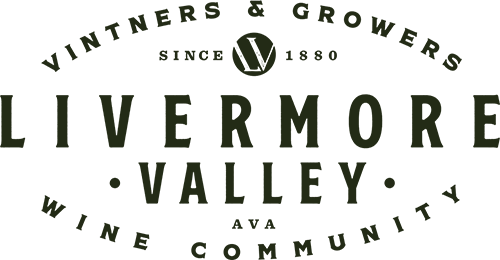Written by Livermore Valley Winegrowers Association
Wine 101 – Put Your Best Sip Forward with Jeremy Troupe-Masi
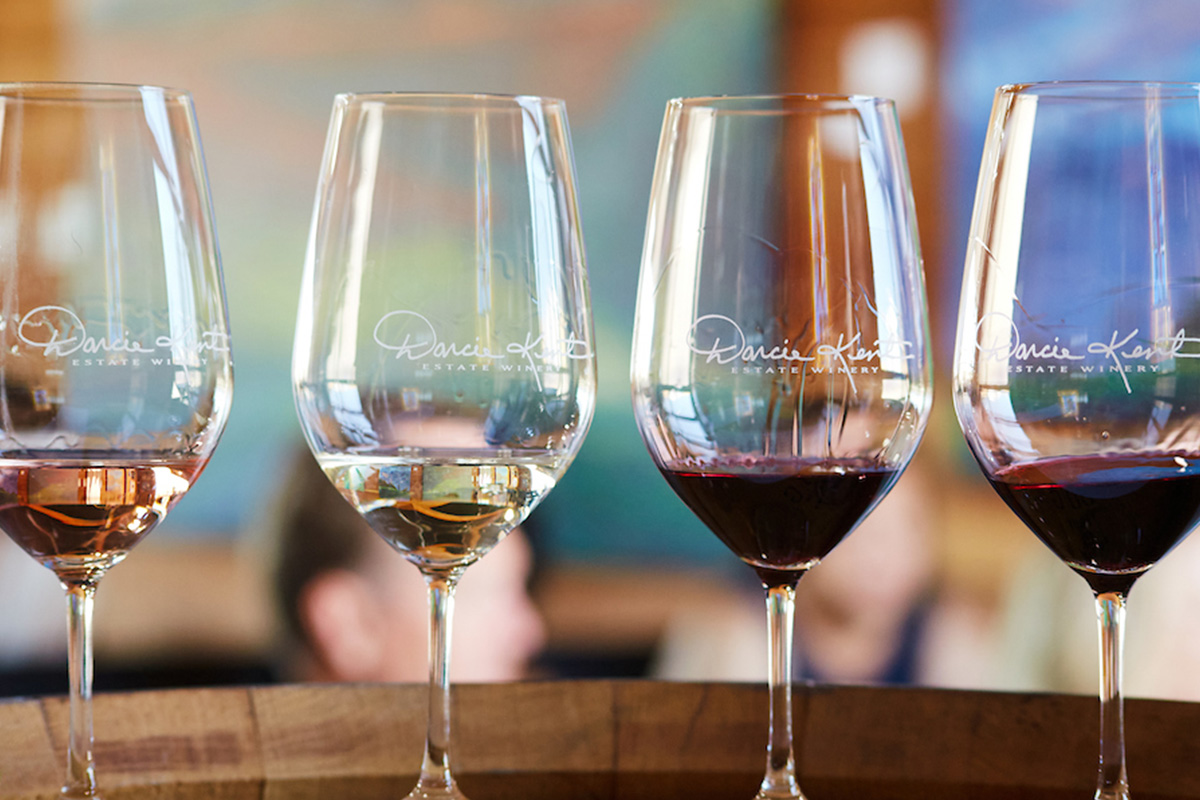
Learning about wine can initially seem intimidating, especially if you are new to the wine scene. Yet, tasting wine in the Livermore Valley is a far cry from daunting; it’s a welcoming, enlightening, and exciting experience. The valley is renowned for its friendly atmosphere, often surprising visitors with winemakers themselves guiding you through the tasting rooms. This is one of the main reasons we offer a Livermore Valley Wine Passport, as it is the perfect way to get to know, understand, and love the art of wine tasting. So, let’s start 2024 off right with a little Wine 101 that will help you ‘Put Your Best Sip Forward’!
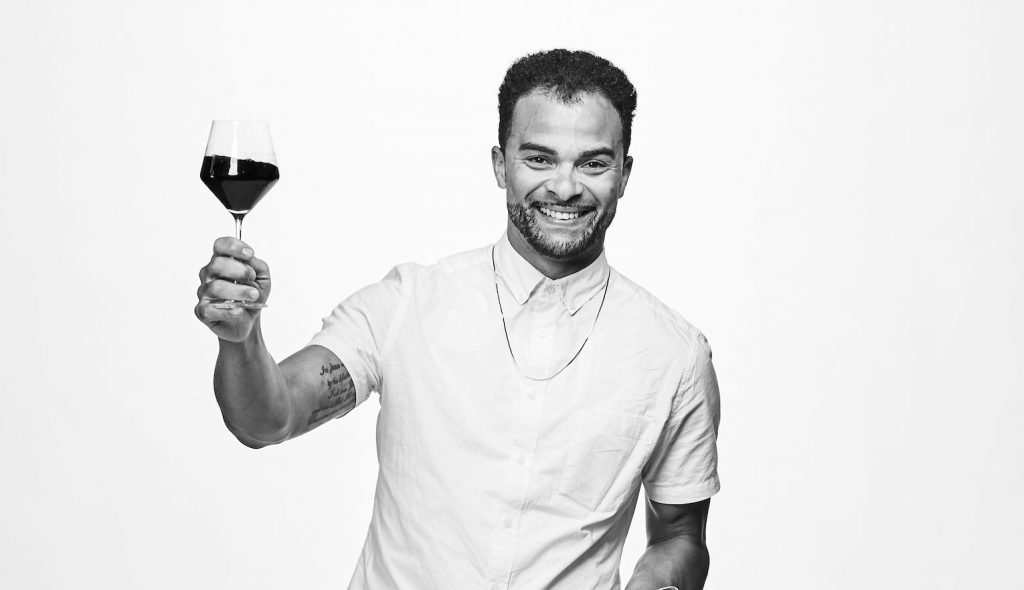
We are joined by Jeremy Troupe-Masi, Sommelier, Chef, and Director of Hospitality at Darcie Kent Estate Winery to help guide us through just what it takes to get your wine tasting on with confidence. His unapologetic passion for food, travel, wine, and living, has led him to a career in hospitality. Jeremy’s experiences have allowed him to work through adversity to the point where he is confident enough to tackle any challenges in life. Check out the Livermore Valley’s only Hospitality Podcast, Through The Grapevine. Sommeliers Jeremy Troupe-Masi & Savannah Vento-Chun and local small business owner Matt Souza are joined by chefs, farmers, winemakers, entrepreneurs, and many more small business owners.
Now, let’s tackle the challenge of wine tasting with him as he guides us through some WINE 101!
1. Let’s start off with the first and sometimes most difficult decision. Where do we start? How do we pick the right place to taste?
So because you likely purchased or plan on purchasing the Livermore Valley Wine Passport the answer is simple for where to get started, ANYWHERE! The nature of the passport program is for you to explore and taste your way through the many Livermore wineries. This is a regional program that participating wineries have prepared their teams for. And we are excited and eager to entertain new guests who may be just beginning their Livermore Valley wine journey. With all that said, I would also suggest calling a friend that you enjoy exploring with as the passport is good for two complimentary tastings at every winery that you stop at! It doesn’t hurt to check out the wineries you plan on going to via their social media or websites prior to booking.
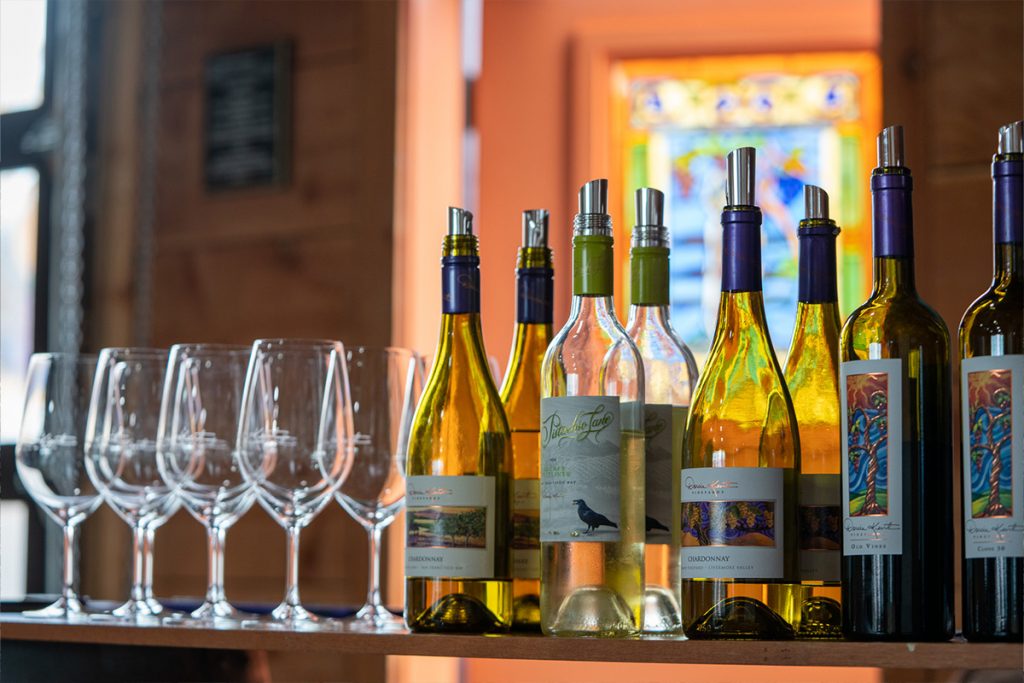
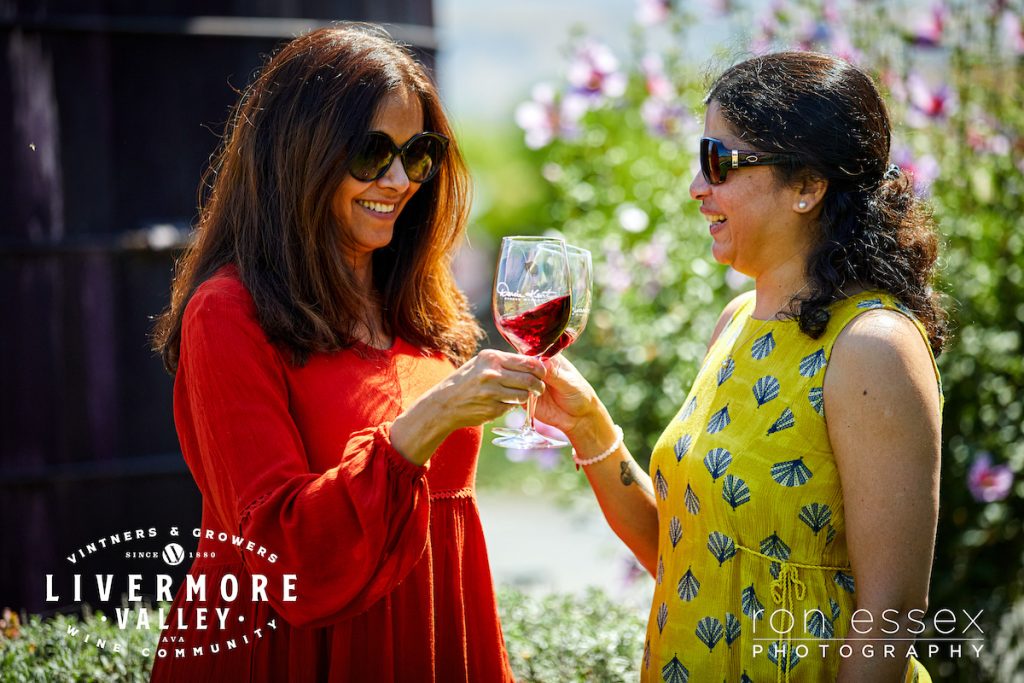
2. Can you give us some basic “Tips on Tasting”?
What may come as a bit of a surprise for some people is that the most effective tasting tips happen before you arrive. As I mentioned in my previous point, for starters do a bit of research before visiting the winery. Getting some understanding of the wines they offer will give you an idea of where you may want to start. If you are a novice wine drinker, I might recommend hitting up a couple wineries that offer a wide variety of white wines or wines that are a little sweeter. Giving you the chance to develop your palate a bit before tasting at places with bolder offerings. It is also important that you do not overbook yourself. Paying for the passport gives you the chance to taste at over 30 wineries, but take your time and enjoy your exploration. Trying not to book any more than 3 wineries per day gives you a chance to take your time at each winery vs feeling pressured to manage your time. The nature of wine tasting is explorative, and if you leave no room for an occasional surprise and delight, there is a good chance you may miss out on some of the magic of wine tasting here in the Livermore Valley. One of the most common mistakes that I see made is people wearing tons of perfume or cologne when visiting wineries. This is perhaps the most disruptive thing you can do while wine tasting. It not only makes it challenging for you, it can alter an entire room’s ability to assess the very subtle aromatic nature of wine. Instead I would recommend only showering before going out, save the Marc Jacobs for date night and simply show up clean. There are so many more tips that can help prepare you for a good wine tasting, but setting yourself up for success is always the best way to make the most of it.
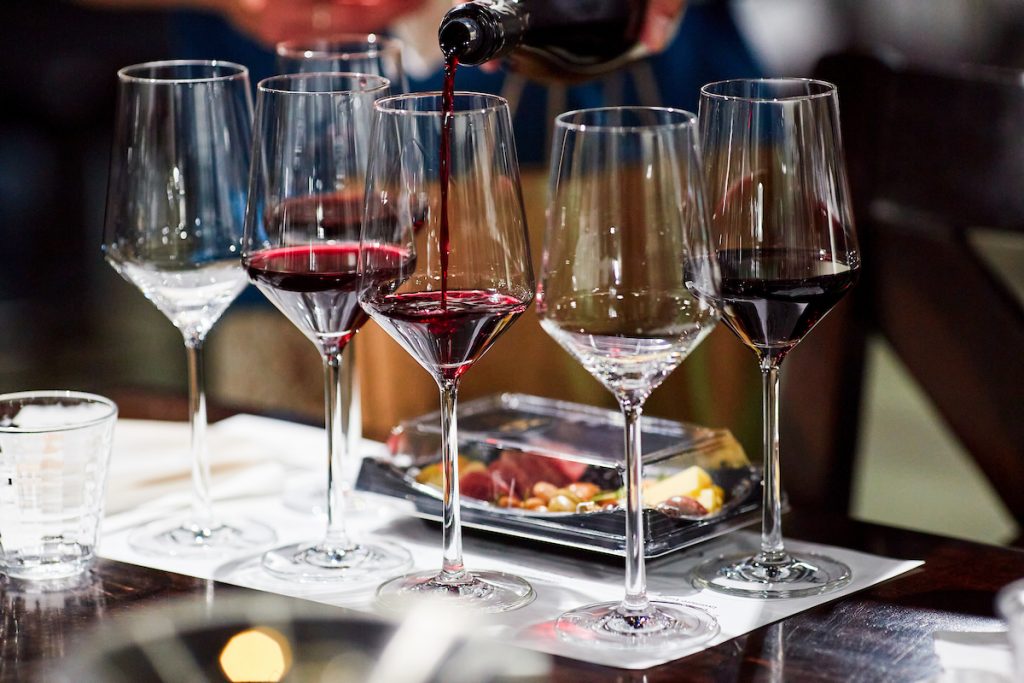
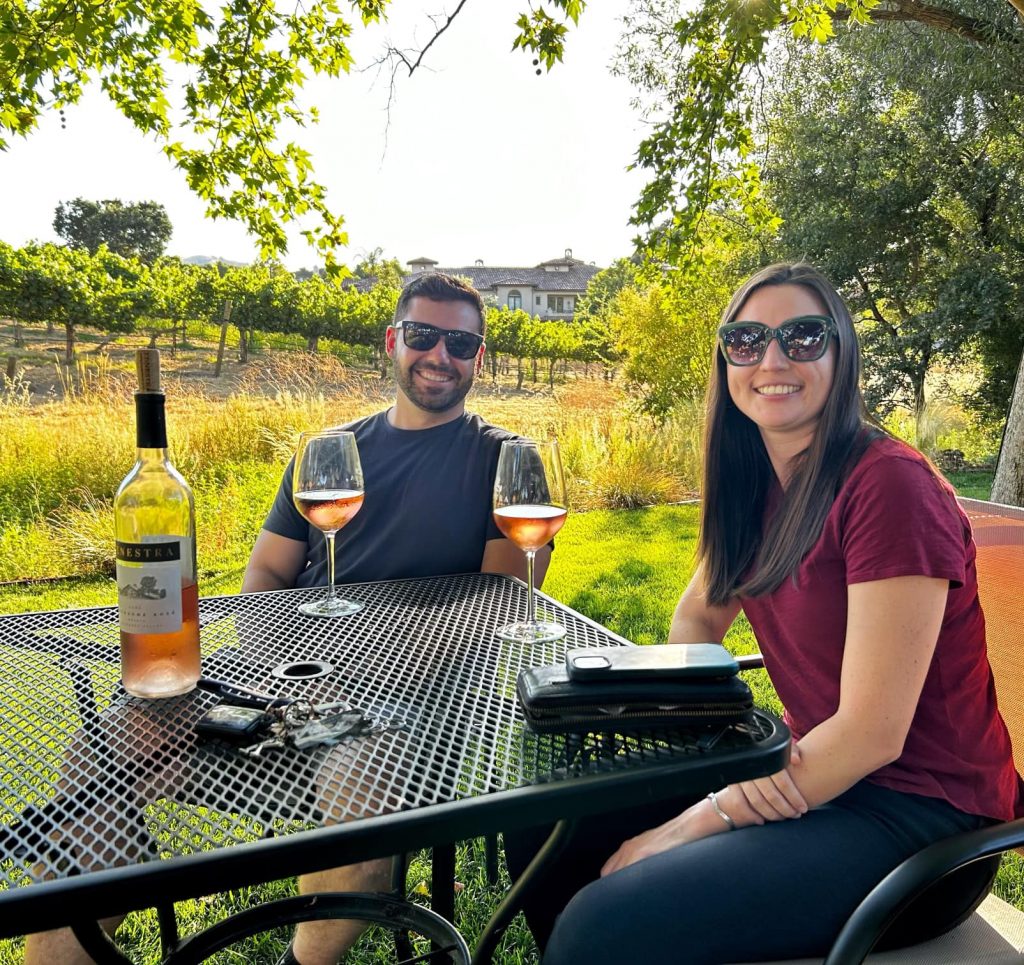
3. Let’s talk about learning to taste wine and how to develop your palate.
Developing your palate is going to take time, so be patient with yourself and enjoy the ride. Understanding that your palate is a muscle helps to put into perspective what you are working towards. The same way an athlete trains their body on a daily basis, tasters and wine professionals also must exercise. Tasting a variety of wines often gives you a chance to understand how your palate interacts with the many subtleties of wine tasting. If you are truly interested in digging into this a bit more I would highly recommend Madeline Puckette’s Wine Folly. This is an easy book to stash and carry along with you on your wine journey and is jam packed with very easy to digest tips and tricks on all things wine related. Otherwise, I think taking your time is most crucial while wine tasting. Similar to yoga, wine tasting is a mental exercise as much as it is a physical one. Taking the occasional deep breath and talking to yourself a bit or your partner is recommended. Wine tasting is an engaged experience and for beginners learning to make space for yourself to dig into is how you get better.
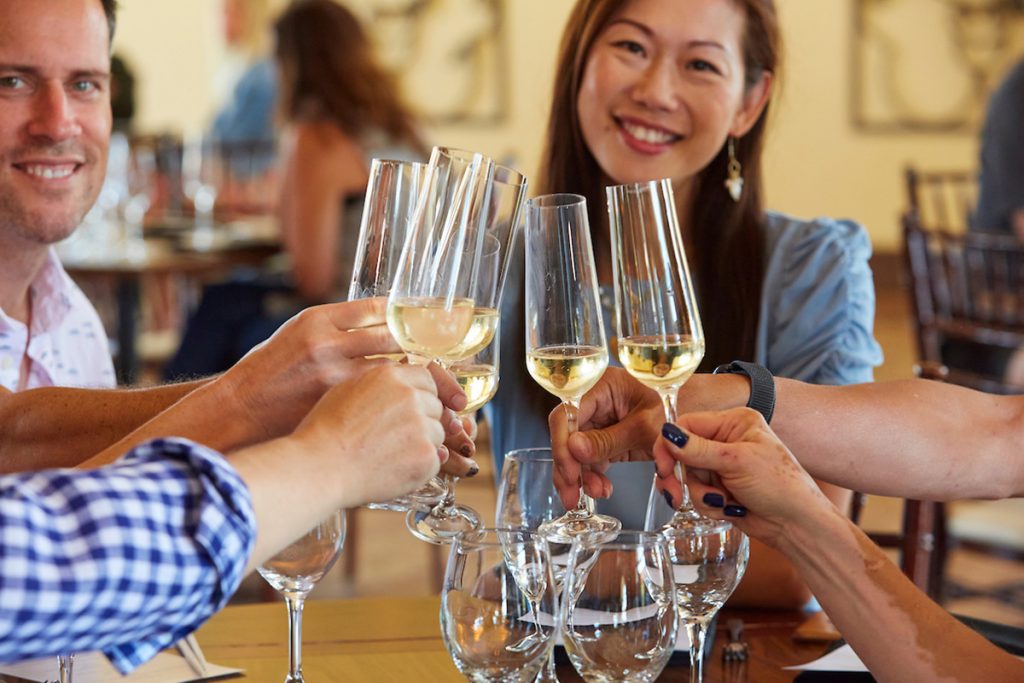
4. What are the basics of wine?
A few of the basics to wine are Sight, Smell, Tasting, and Assessment. Pun intended, taking time to assess your wine visually is something that is commonly overlooked. Visual queues can help give you an idea of many things important to tasting wines. For beginners though, it can help set the stage as to what you can expect in the glass. A white wine that shimmers a savory gold color may suggest that the wine has either spent time in barrel or possibly aged. A red wine that is deep purple would suggest that the wine is thicker skinned and likely bolder than one that is lighter in nature. As you taste more often you will find that you are able to discern much from a glass of wine by simply looking into it. After this first step it is now time to smell the wine. Smelling wine is possibly the most important step in progressing as a wine taster. The human nose is a unique engine powered by our Olfactory System that connects directly to the brain. This system has the ability to recognize hundreds of thousand different smells. Whereas our palate is only able to recognize sour, sweet, bitter, salty, and savory. It is also the fun part where you get to swirl the wine in your glass. Doing so promotes aeration in a wine and helps to pull all of the aromatics towards your nose. From here I suggest trying to pull a F.E.W. things out of the wine, an abbreviation for Fruit, Earth, Wood. It is completely unnecessary to try and pull out the thousands of aromas a wine can give off. Instead start by challenging yourself to search for a few fruit, earth, and wood characteristics to a wine. In time, you will begin to understand particular smells that are unique to certain styles and/or varietals of wine. More importantly, you will begin to develop a sense of what types of wine you prefer, and you haven’t even tasted the wine yet! Finally the moment we have waited for, time to taste.
For me the first sip is a small one, that I use to prime my palate. The second sip is the one that I am paying more attention to discern the following: tannin, acid, sweetness, body, & alcohol. The key to step is being able to recognize where these various sensations happen on the palate. Tannin is a drying sensation generally felt on the base of your tongue and when pronounced it can also be felt in your gums. Sweetness is detected on the tip of your tongue and is confirmed in the back of your mouth. Acid begins in your cheeks and likes to make its way to behind your top lip and will generally feel like you are drooling. Judging the body of a wine can be a bit of a challenge but think of milk. Skim milk would represent a wine that is light, while whole milk would represent a wine that is more full. For example, a barrel aged Chardonnay would generally be considered a full bodied white wine, whereas a Pinot Noir would be on the lighter side of the spectrum for reds. Lastly, while tasting you take a moment to assess the entire wine from sight, smell, to taste. This is a crucial part to building that muscle memory and database of wines in your head. I will generally write a couple of sentences about the complete experience of the wine. Giving me a chance to remember what I was feeling and tasting in that moment. This may seem like a lot to remember, which gives me another chance to suggest purchasing Madeline Puckette’s Wine Folly. An easy to read wine 101 book that you can keep with you at every passport stop.
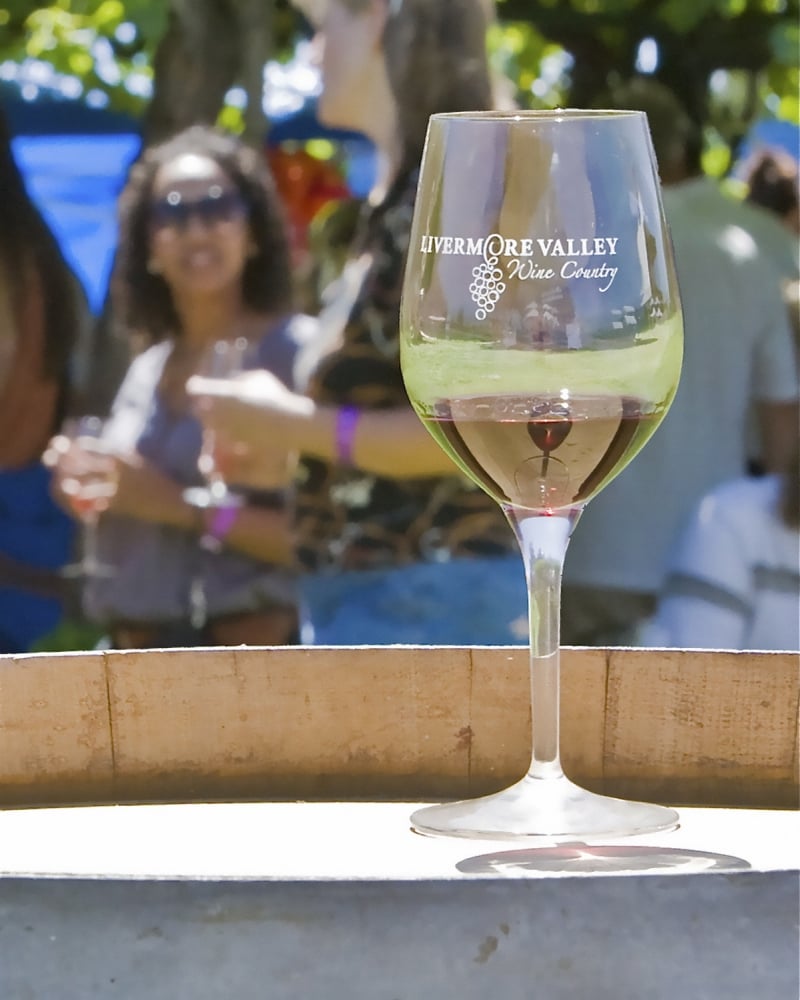
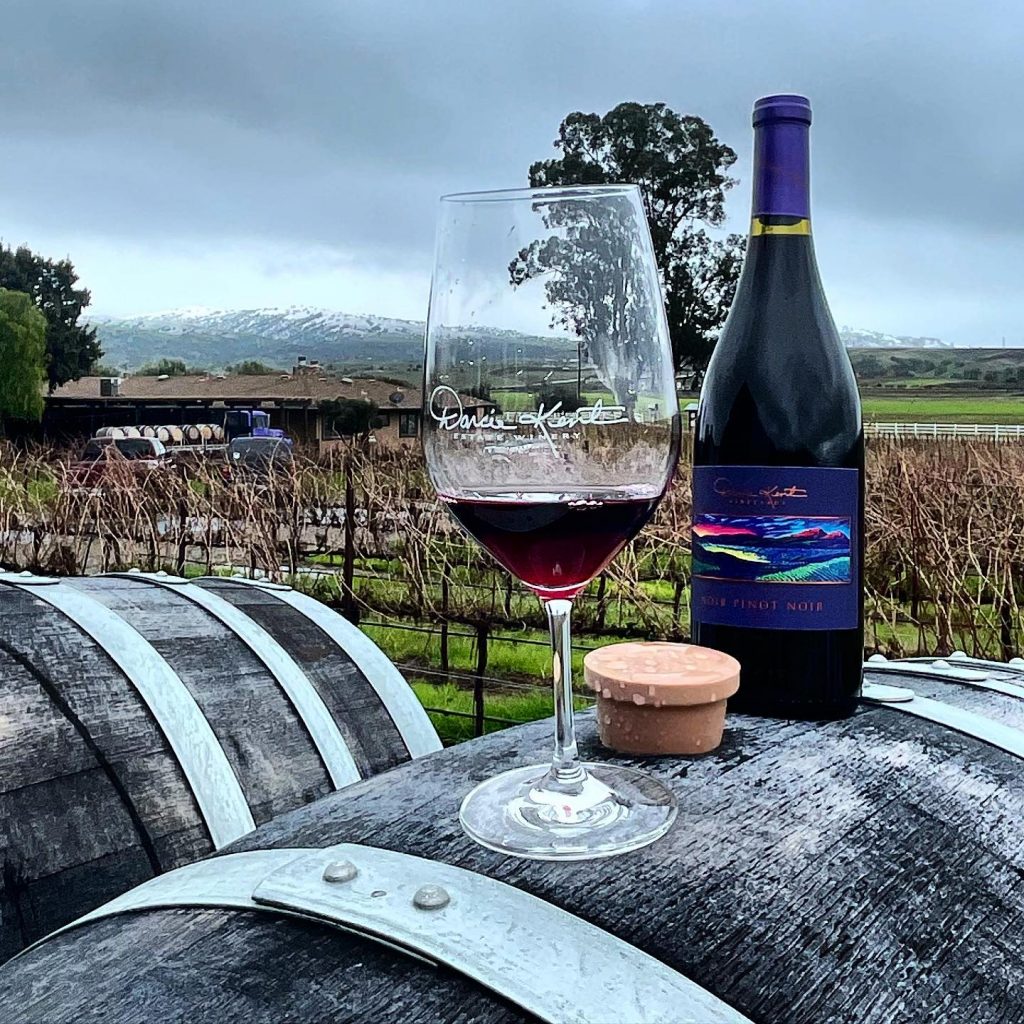
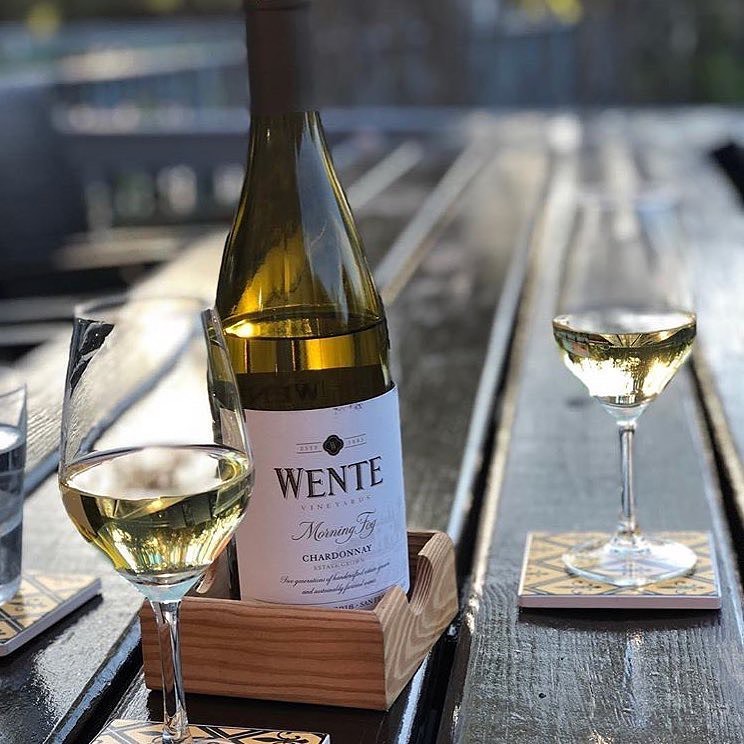
5. Why start with the Livermore Valley Wine region?
The Livermore Valley Wine Country is a great region to begin with for so many reasons. For starters, we are likely the closest wine country to you. As Bay Area residents know, commuting can be tough and getting stuck in traffic is never fun. The Livermore Valley is nestled in the Tri-Valley and is easy to access from any direction. We are also one of the oldest wine regions in California, with history dating back to the mid 1850’s. You may not live in Livermore, but this rich history belongs to all Bay Area natives and residents. And alongside a glass of wine is a great way to enjoy them. While I could go on and on about why you should start here in the Livermore Valley, I will leave you with this. While this region has been around as long as any, in the greater world of wine the Livermore Valley is a bit of a hidden gem. I imagine some of you reading this may not be familiar with the hundreds of acres of rolling hillsides, vineyards, ranchers, and agriculture that has been preserved in south Livermore. If you were not looking for it, you could, and probably have driven by wine country hundreds of times while on 580 heading east or west. Our ability to fly somewhat under the radar for all these years has so much to do with how generations of locals have been able to preserve and promote agriculture in this region.
But don’t let our silence fool you, the men and women that make up this beautiful industry have been hard at work, particularly over the pandemic. All aimed at sparking a wine & hospitality renaissance that is long overdue here in the region. As 4th & 5th generation winemakers and farmers pass the torch to their kin and passionate new blood floods the region. The Livermore Valley seems to be positioning itself for one hell of a next chapter. Reminiscent of young Napa, there is an energy in the air and a buzz that is felt all over the region from downtown to wine country. And in my experience there is no better part of the journey than the climb, and we are not bashful about sharing in this joy with those who want in! What is likely the Bay Area’s Last Frontier awaits your arrival.
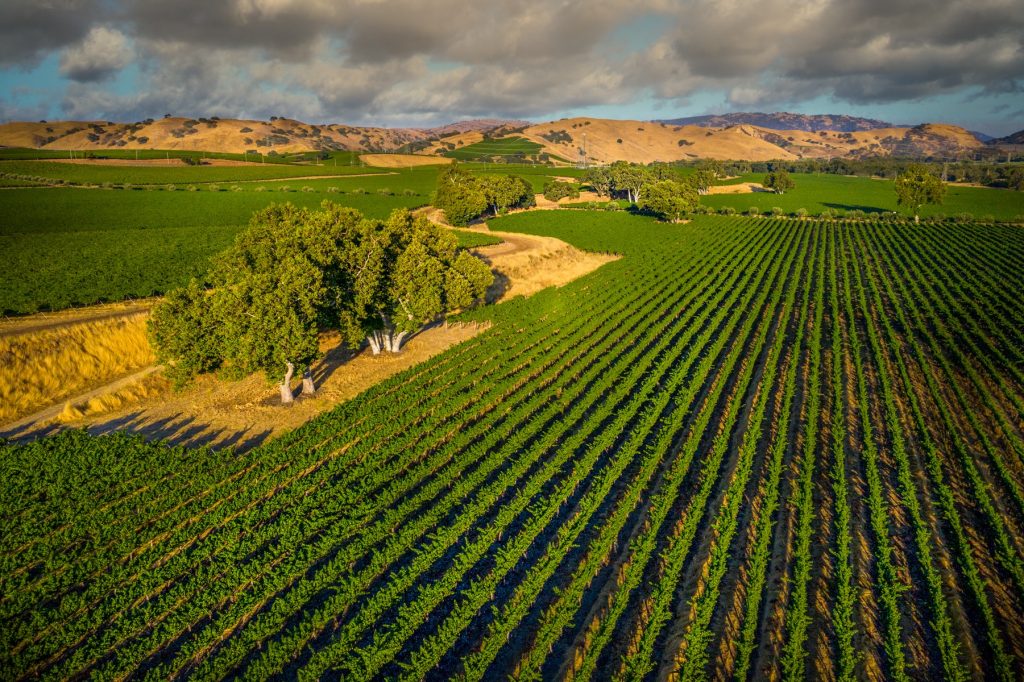
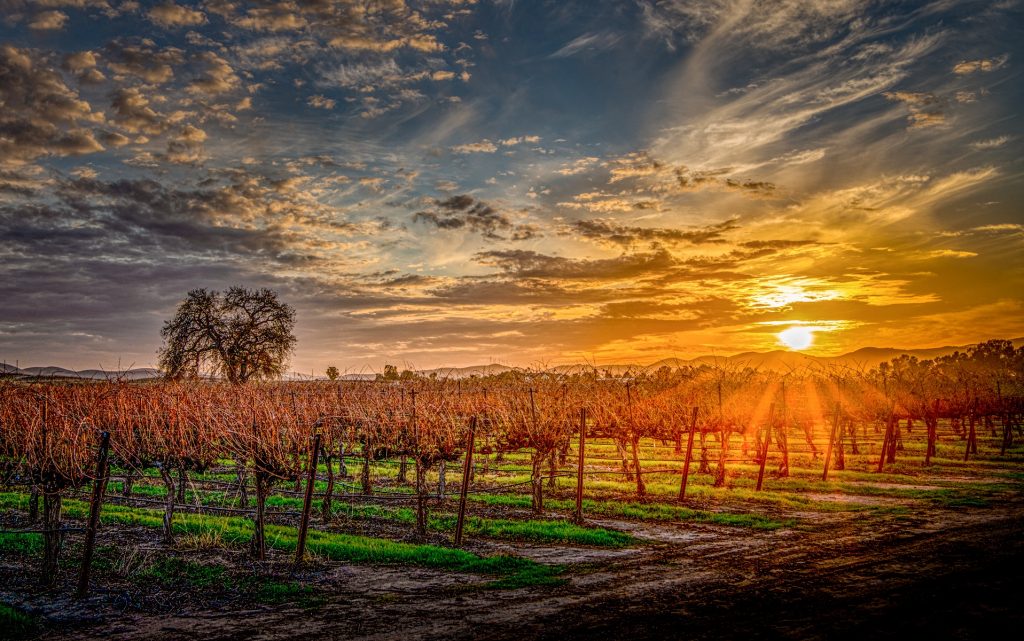
6. Wine tasting is often associated with premium experiences. What can a first-time visitor expect in terms of pricing for a memorable wine tasting experience in the Livermore Valley region?
Let’s be real here, life is more expensive than ever and going out for any semblance of a good time can be hard to fathom without being willing to fork out hundreds of dollars at a time. The Livermore Valley is not immune to this by any means. Expect to pay upwards of $5 for gas, $16 per cocktail, $6 for a coffee, or $10 for a loaf of bread. We are a region of craftsmen and women creating exciting handmade delicacies well worth the price point. Relative to wine though, we are a region where you can still find a $15 wine tasting flight or a winery’s flagship offering for under $100. The Napa Valley is a place that everyone should spend some time wine tasting, no doubt. But for most, the price points associated with regions like this are not realistic for a travel budget. The Livermore Valley is a place where wine prices are fair, leaving enough in your purse to enjoy dinner at Range Life as the day rolls into the night. And there is something to be said about a wine region whose barrier to entry is not bound by their prices. Making the Livermore Valley one of the more colorful and diverse wine countries relative to our guests.
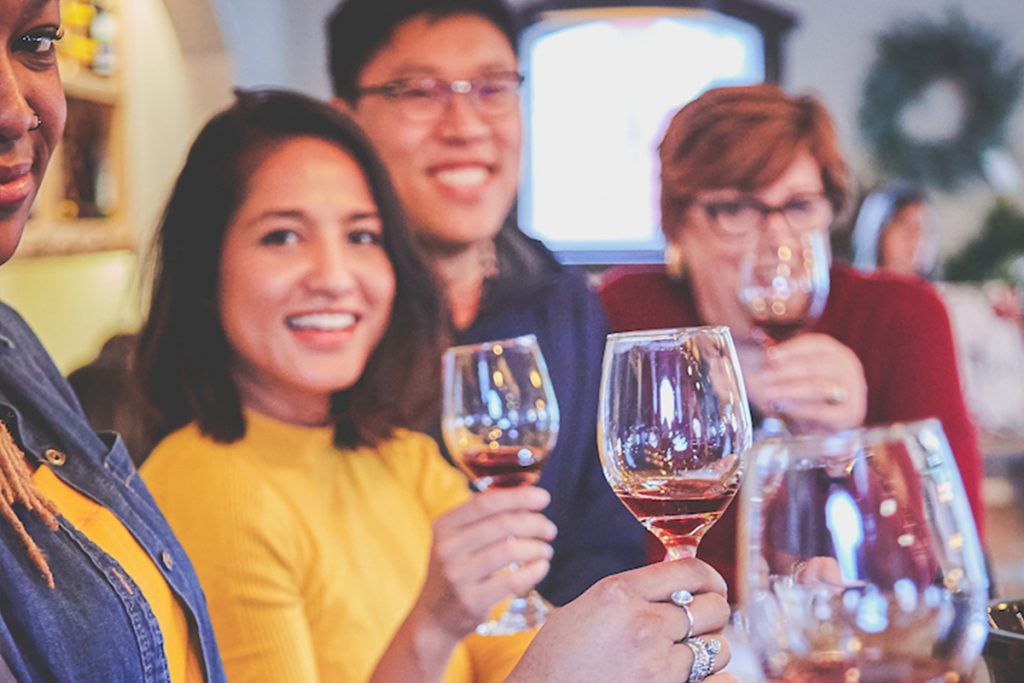
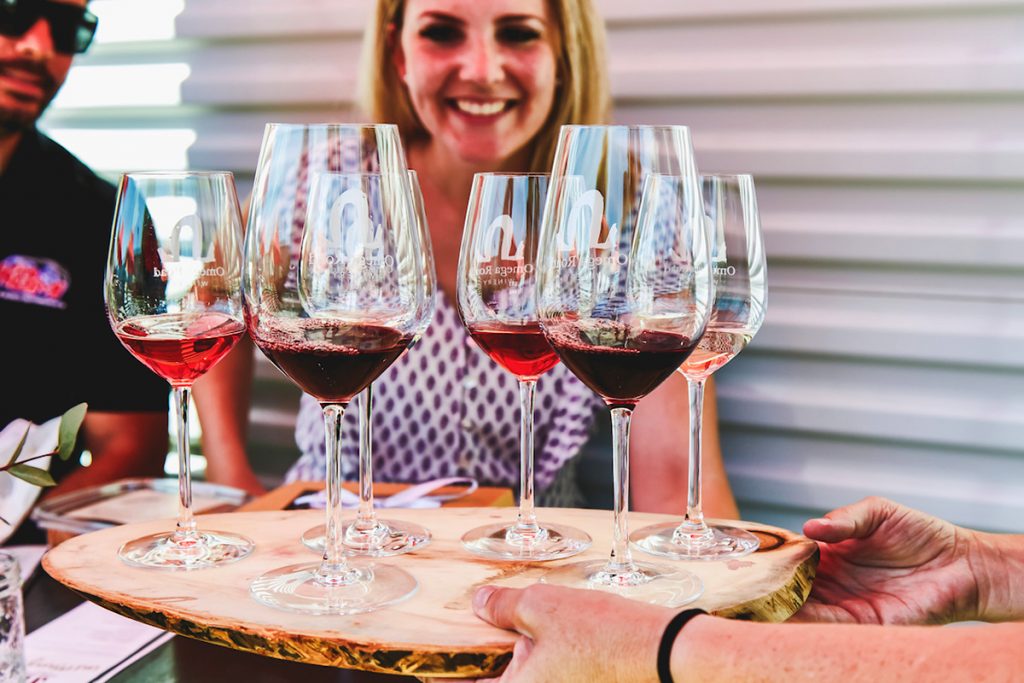
7. Can you tell us about local restaurants that support our Livermore wine region and how to enhance your experience?
You would be hard pressed to find a local restaurant that does not support local wines. The downtown scene in both Livermore & Pleasanton are two very bright spots for our region. Pleasanton a bit more quaint, and Livermore which leans on the livelier side are littered with mom and pop shops dishing out delicious bites alongside a glass of some local juice. A few of my favorite places include Range Life, Wingen Bakery, The Cheese Parlor, Charming Fig, Sabio On Main, Brava Garden Eatery, Locando, & Elia. The local food scene is on the rise here in town and it is becoming more and more challenging to not stumble into your next favorite restaurant.
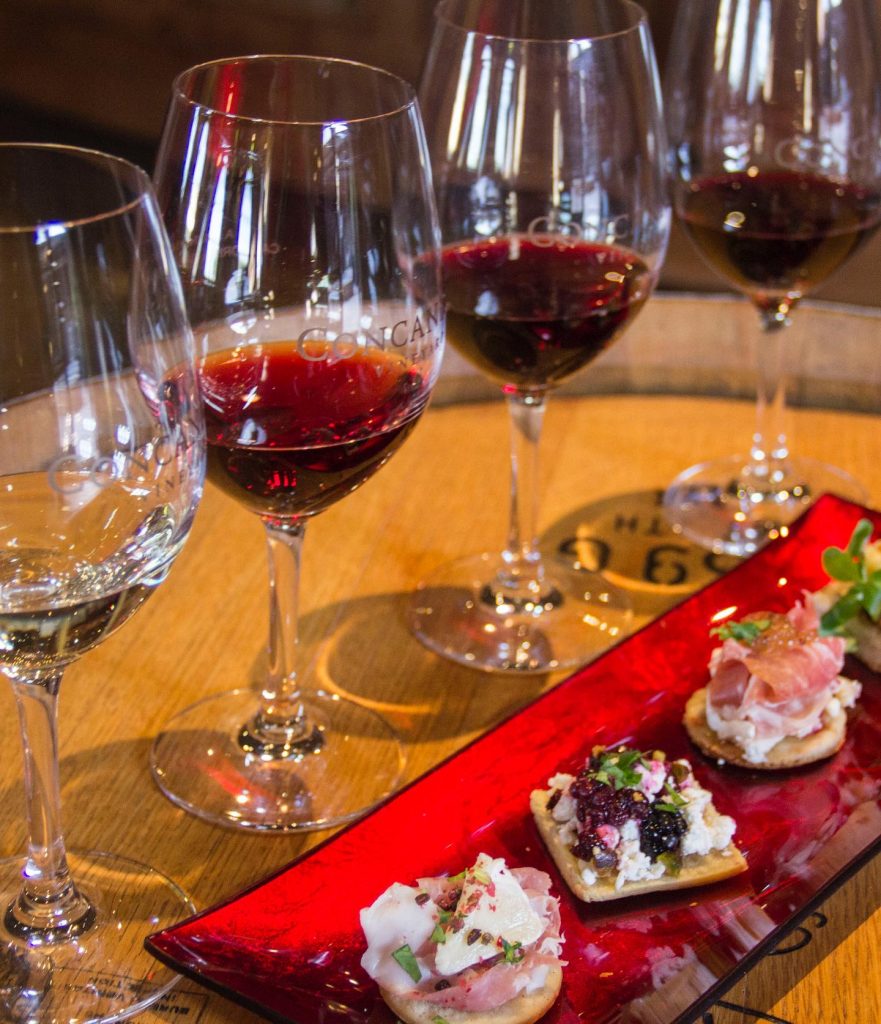
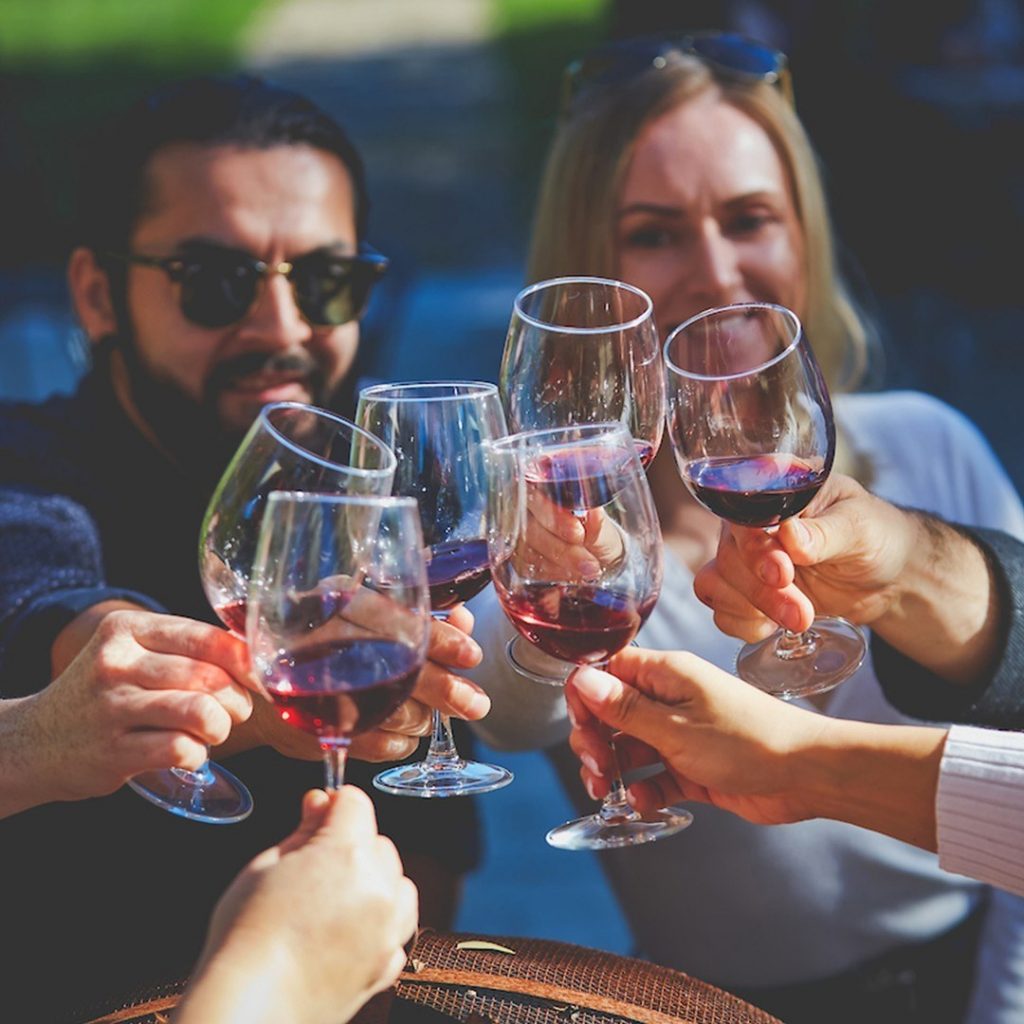
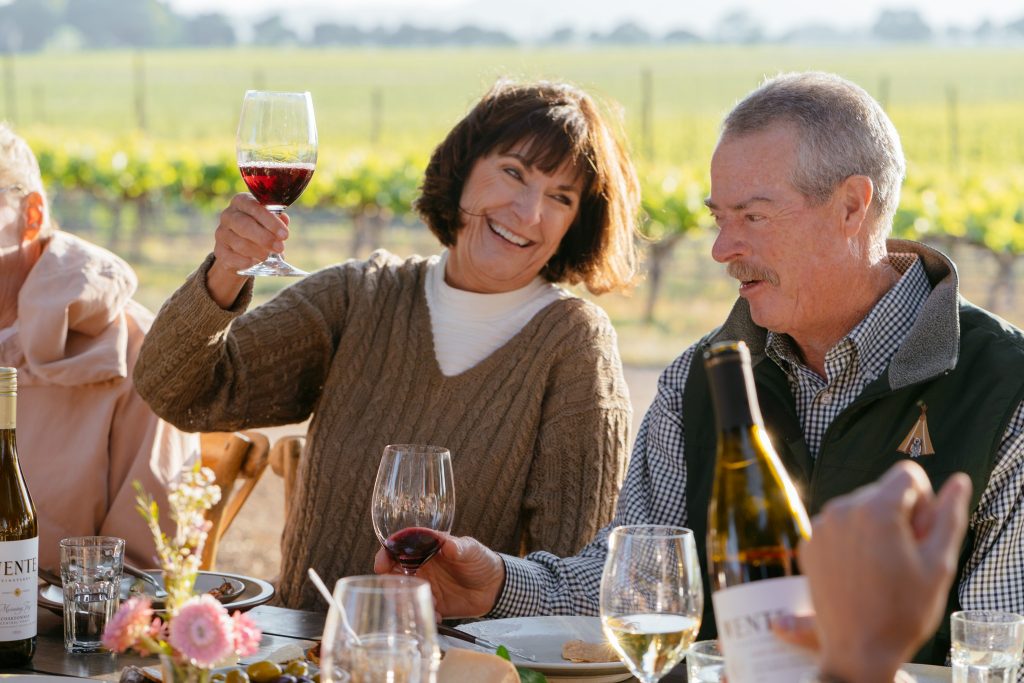
8. Can you give us a check list of must do’s, especially for a first time wine taster?
– Make it memorable – taste with people who make you laugh. Wine is better remembered when laughing and loving hard.
– Try everything that you are offered – don’t convince yourself that you do not like something before trying it a couple times and at different places.
– Ask questions and don’t be shy. The people serving you are likely to reciprocate the energy that you give them. Showing them that you are interested increases the likelihood that your wine ambassador goes a bit more above and beyond for you.
– Eat food prior to tasting, but not too much.
– Don’t be afraid to spit, it may feel weird for you to do in public but we are all used to it.
– Don’t wear perfume or cologne!
– Plan your trip ahead of time. This allows you to be present.
– If you like the wines – join the club!! There are always bonuses that only club members receive.
– Buy this book – Madeline Puckette’s Wine Folly
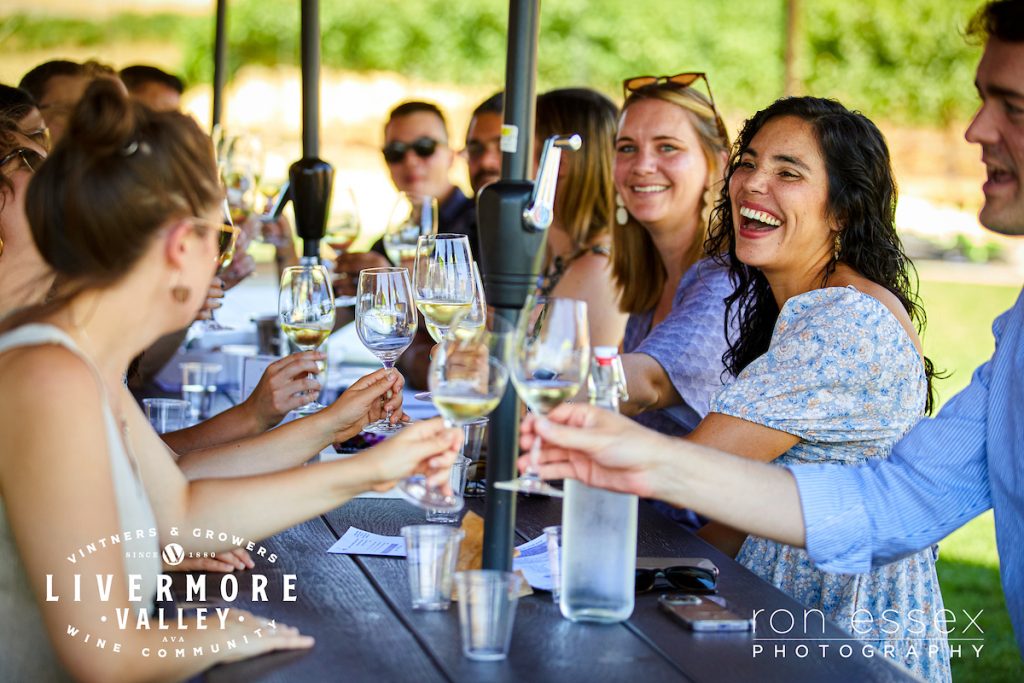
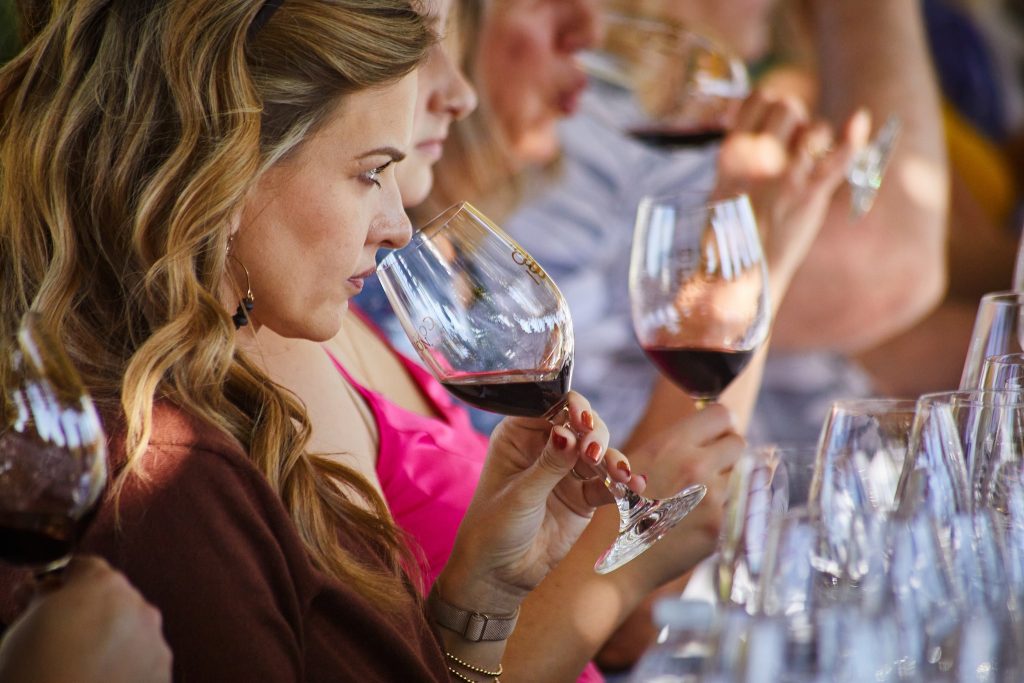
9. Tell us why investing in a 2024 Livermore Valley Wine Passport is a must?
Outside of echoing the prior points that I have made. Investing in the 2024 Wine Passport is a must because of the flat out value jam packed into it. The ability to taste from over 30+ wineries with a loved one or a friend well exceeds the cost of this passport. There is a discount associated with wine purchases made while using the passport. If you are interested in exploring the Livermore Valley Wine Country, this is the way to do it so get started!!
